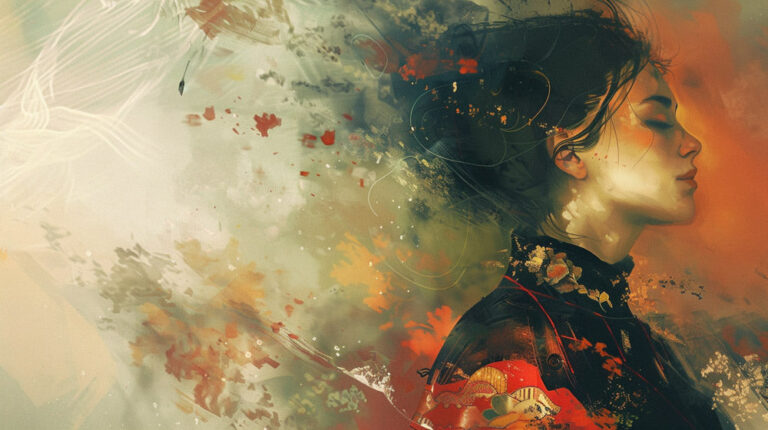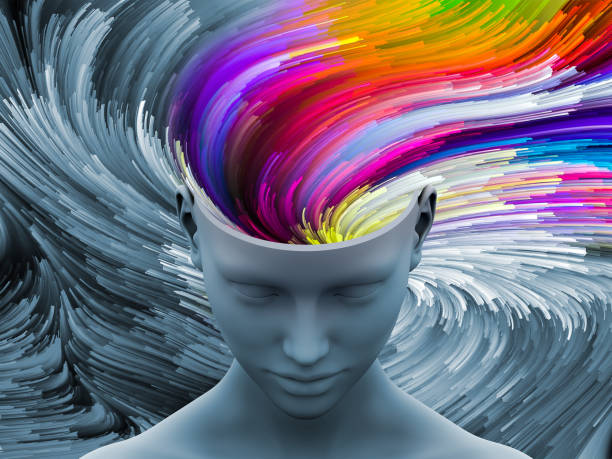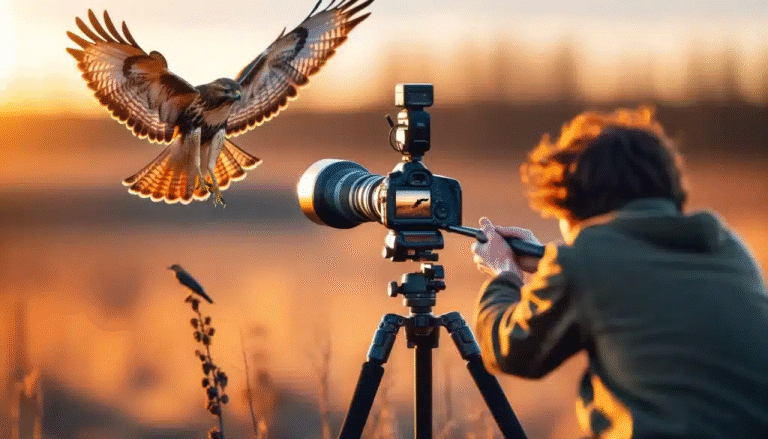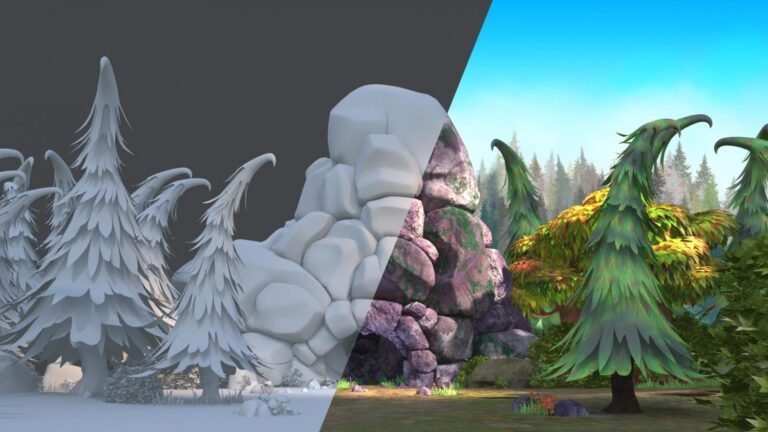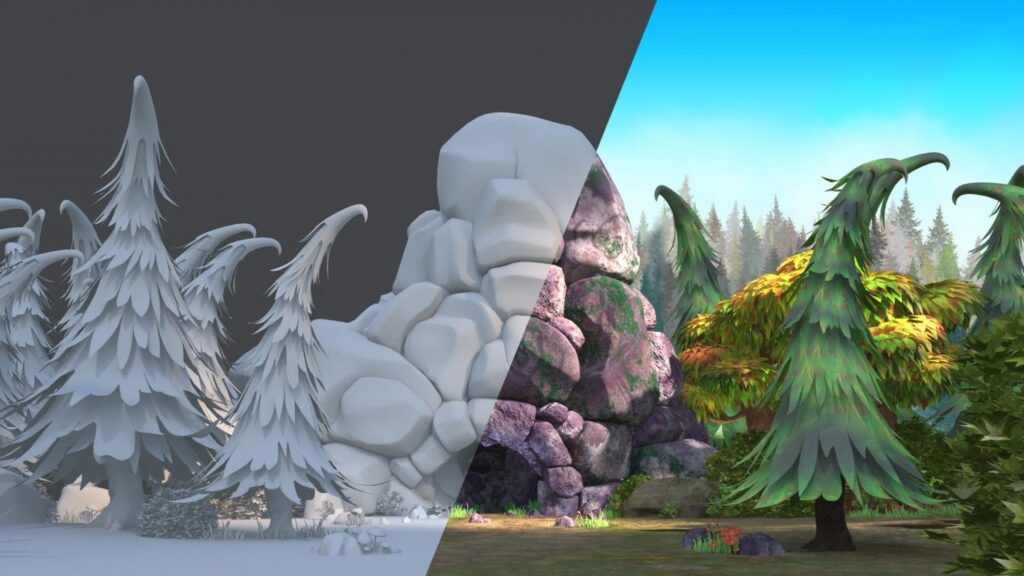
Texture is a strong force in photography. It brings depth, emotion, and touch to the visual narrative. Whether you’re photographing rough tree bark, delicate fabric, peeling paint, or smooth stone, texture brings life to your pictures and calls the viewer to touch the surface with their eyes. Being skilled in photographing texture can transform a mundane photo into a compelling work of art.
The initial step to emphasizing texture is employing the appropriate light. Side lighting works best, particularly when light strikes the surface from an angle. Shadows and highlights are created that emphasize the surface detail. Natural outside light in the early morning or late afternoon, called golden hour, is superb for photographing texture. Inside, a single directional source of light can also create dramatic texture.
Camera settings count as well. Employ a low ISO (such as 100 or 200) to prevent grain and maintain the image in sharp focus. A narrow aperture (high f-number such as f/8 or f/11) provides a deeper depth of field, maintaining more of the texture in focus. A tripod keeps the camera stable, particularly in low-light conditions, to prevent blur and capture every minor detail.
Focus and composition are key when dealing with textures. Always focus manually or use focus peaking if available. Getting close to the subject helps reveal the tiny patterns and imperfections that make textures interesting. Try different angles, shooting from above, below, or the side, to see how the light interacts with the surface. Abstract compositions work well too, turning textures into art by framing them creatively.
Employing a macro lens has the potential to elevate your texture photography. Macro lenses enable you to shoot close and expose details that the human eye usually overlooks. Even items we find in our every-day lives, such as paper, fabric, or metal, can appear entirely different and aesthetic when photographed from a close distance.
During post-processing, improve the textures gently. Enhancing contrast, clarity, and sharpness can bring out the textures. Use a light touch, though, heavy editing will make the photograph appear unnatural. Programs such as Adobe Lightroom, Photoshop, or even smartphone apps like Snapseed can enhance the textures and look clean.
Texture photography is extensively applied in product photography, functional elements, backgrounds, and fine art. Texture photography brings emotional value and a sense of tactility to photographs. A decaying wall can be a story of time and neglect. A feather has the ability to evoke feelings of care and tenderness. Texture has the ability to be the central focus of your image or a strong supporting element if done correctly.
Conclusion
Catching texture in photography is a matter of observation, lighting, and skill. It’s the subtlety of details that makes an image come alive and interesting. Through careful attention to how light hits surfaces, tweaking camera settings for sharpness, and experimenting with close-up angles, photographers can extract the rich, expressive character of texture. Used for art, narrative, or advertising purposes, textures add a distinctive and strong visual strength to photography.
